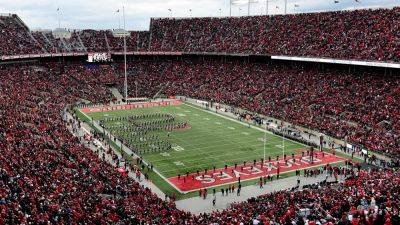College football's Week 5 SP+ rankings takeaways - ESPN
For once, we don't have a new No. 1 in the SP+ rankings. We went from Georgia to Alabama after Week 1, then back to Georgia after Week 2, then to Ohio State and Michigan after Weeks 3 and 4, but Michigan held onto the top spot this week after a dominant performance against Nebraska.
We're in an interesting spot heading into October. No one is necessarily playing to the general standard of a dominant No. 1, but about nine teams are playing like they should be in the top five, and only 6.8 points separates No. 1 from No. 13. October's going to be pretty interesting, friends.
What is SP+? In a single sentence, it's a tempo- and opponent-adjusted measure of college football efficiency. I created the system at Football Outsiders in 2008, and as my experience with both college football and its stats has grown, I have made quite a few tweaks to the system.
SP+ is indeed intended to be predictive and forward-facing. It is not a résumé ranking that gives credit for big wins or particularly brave scheduling — no good predictive system is. It is simply a measure of the most sustainable and predictable aspects of football. If you're lucky or unimpressive in a win, your rating will probably fall. If you're strong and unlucky in a loss, it will probably rise.
Here are the full rankings:
Let's take a look at the teams that saw the biggest change in their overall ratings. The distance between the top teams and the bottom teams is compressing a bit — likely because of that «no dominant No. 1 thing,» along with the lack of a truly dominant conference — so most of the teams that rose are from the lower ranks and most of the teams that fell were from higher up. (Note: We're looking at ratings, not rankings.)
MOVING UP
Here are the 10 teams








